Coffee – getting the best out of your cup!
*Remember – always use hot water with coffee – never boiling. A coffee boiled is a coffee spoiled.
Start with your coffee – get that right and the rest will fall into place.
High Street/Supermarket finds
Costa Home Brew – One of the best easy to find and reasonably priced ground coffees around.
LIDL Belladrum Espresso. The tins of Espresso from LIDL were voted the best by 20 year coffee veterans. £2.56 in most LIDL stores makes this pretty much the best supermarket buy and will make a great cup of every day coffee.
Speciality Coffees
Jamaica High Mountain – Our experts LOVED this coffee as it’s nutty and smooth. There’s not a hint of bitterness and is a brilliant option to impress guests at dinner or for special occasions. It’s not as expensive as the classic Jamaica Blue although it’s from the same general area.
Sea Island coffee is our favourite place for specialist coffees like Kope Luwak, Jamaica Blue etc. You can buy from their online retail site as well as their Knightsbridge store. http://www.seaislandcoffee.com
Alma de Cuba – Noted as Cuba’s best and favourite coffee and was an international favourite for hundreds of years. Now Cuba has opened its doors to international coffee exports again and we have the great pleasure of being able to enjoy this fabulous Latin American coffee.
Brewing Methods
Cafetiere
A simple, cost effective coffee maker – just pop the grounds in the bottom – fill with hot water and leave to infuse for as long as suits your palette. Once you are happy, use the plunger and serve. Excellent for serving at dinner parties or gathering of friends. You can also get 1-2 cup cafetieres which are excellent for your morning coffee. Cafetieres are the best for tailoring exactly how much coffee goes into your cup down to the last grain.
Filter machine/Percolater
In the UK this was very popular in the 70’s and 80’s but the machines were bulky. You’ll find a filter coffee machine in just about every French home however, it’s still the preferred method there. You add your cold water in the back, pop in a filter to the top of the jar and fill with coffee. The cold water is heated by the machine and percolated through the coffee which drips into the serving jar.
Ibrik
The traditional Greek/Turkish method of brewing coffee – it’s actually cooked on a stove rather than percolated and you drink the coffee right down to the black grounds which are left in the cup. An amazing way to drink coffee – it’s smooth and rich. Remember if you are grinding your own beans for the Ibrik make sure they are super, super fine. The finer the better when it comes to Ibrik.
Nespressos et al
Little premade pots with a pre determined dose of coffee inside. They slot into the machine, the cold water goes in the back and percolates through the sachet. Very modern, quick and clean although you have to use more than one sachet if you like a certain strength so it can get costly. You can buy box sets of flavoured milk with the complimentary coffee to make things like caramel macciatos.
For the coffee heathens – a kettle, a jar of Nescafe and a spoon can be their favourite way to drink coffee but there are far better ways so throw out the jar of Nescafe as there are some great ground coffees on the market.
Coffee Maker barista style
Where you make your own barista style coffee at home, complete with milk frother so you are using the ground coffee to make espresso and topping it up with the warmed milk – either plain and hot for a latte or a little milk topped with foam for a cappuccino.
Additions
Sugar
For those of you taking sugar it’s worth remembering that there’s more to life than the white table stuff. Try an Ibrik (cooked coffee) with dark muscovado sugar for a warm and caramel cup of coffee. Generally light brown sugar is the top choice as it blends best with the notes of the coffee, be it strong or weak.
Milk
Frothed, warmed or just plain and cold – many people take milk in their coffee and the rise in popularity of the barista style cappuccinos, lattes and mochas have sparked the imagination of the British public. It’s harder to do at home without the tools to froth the coffee.

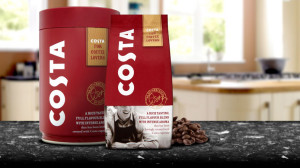
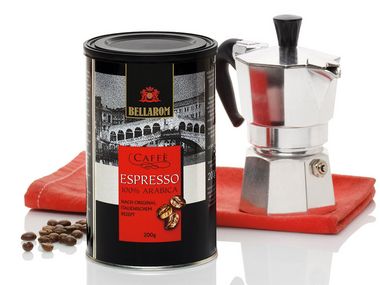
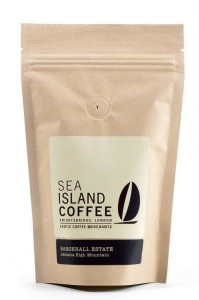
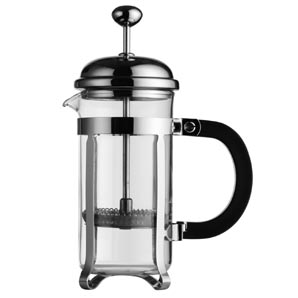
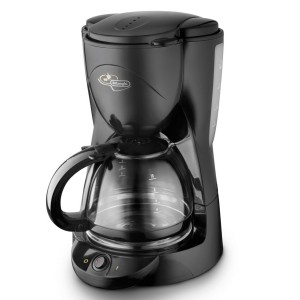
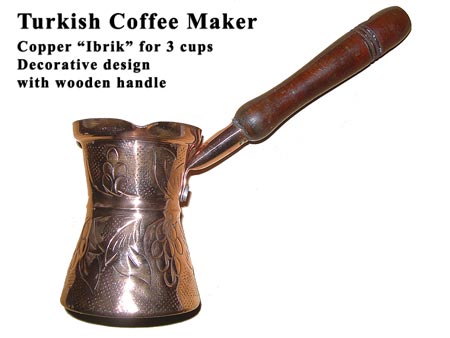
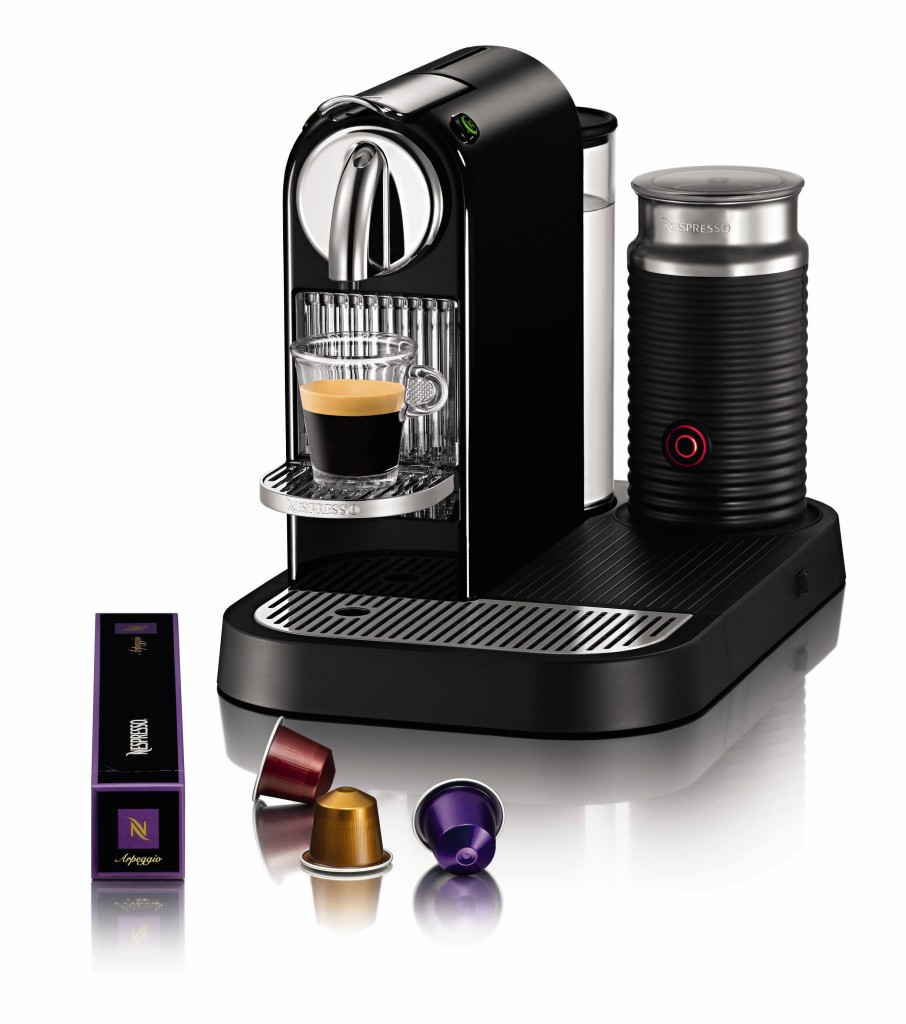



You must be logged in to post a comment Login